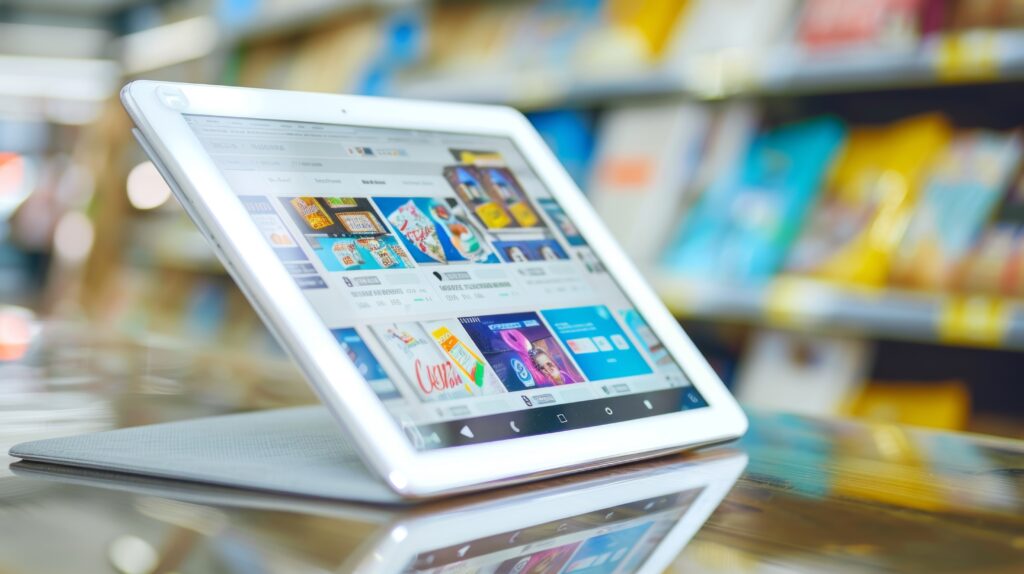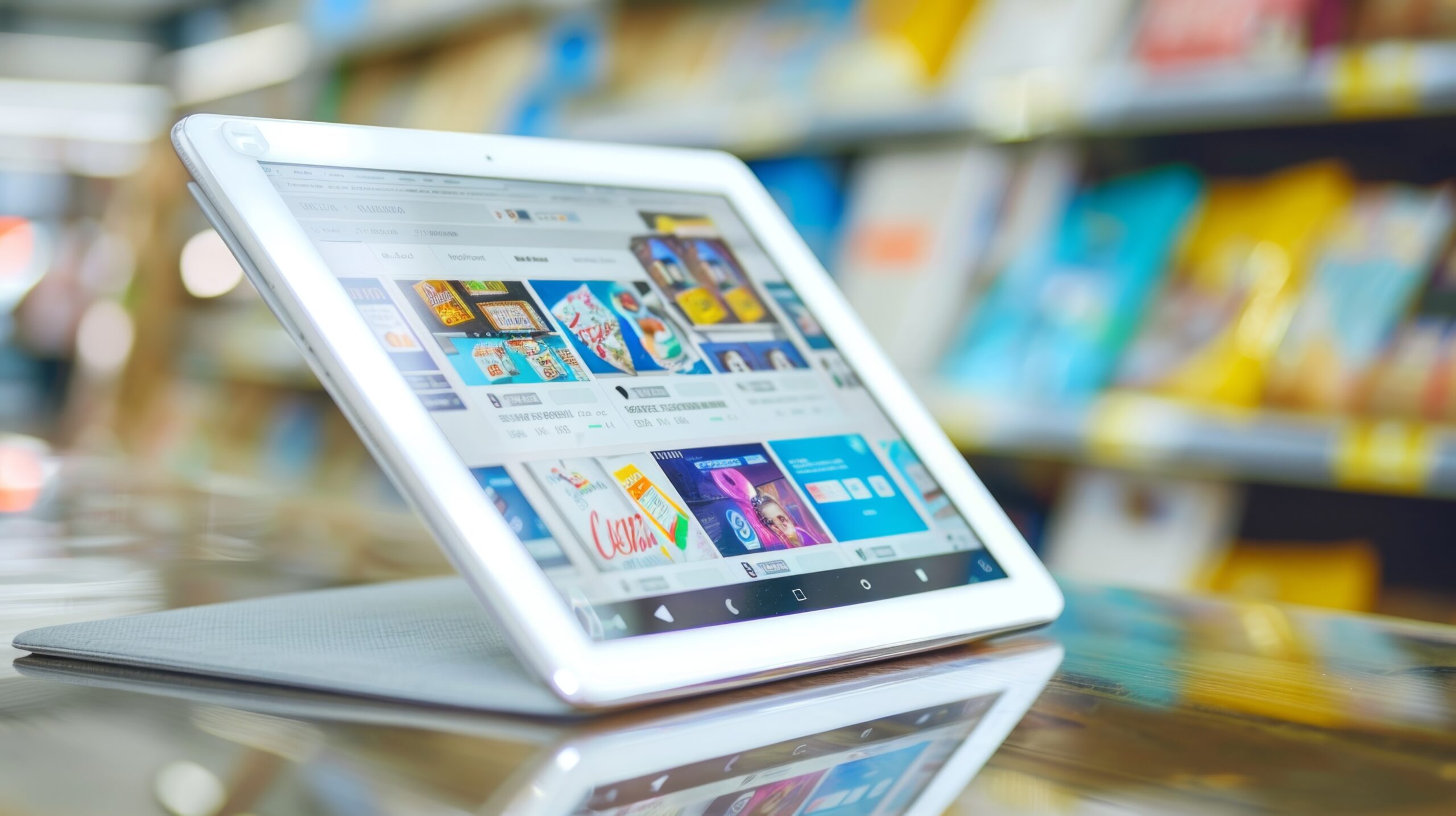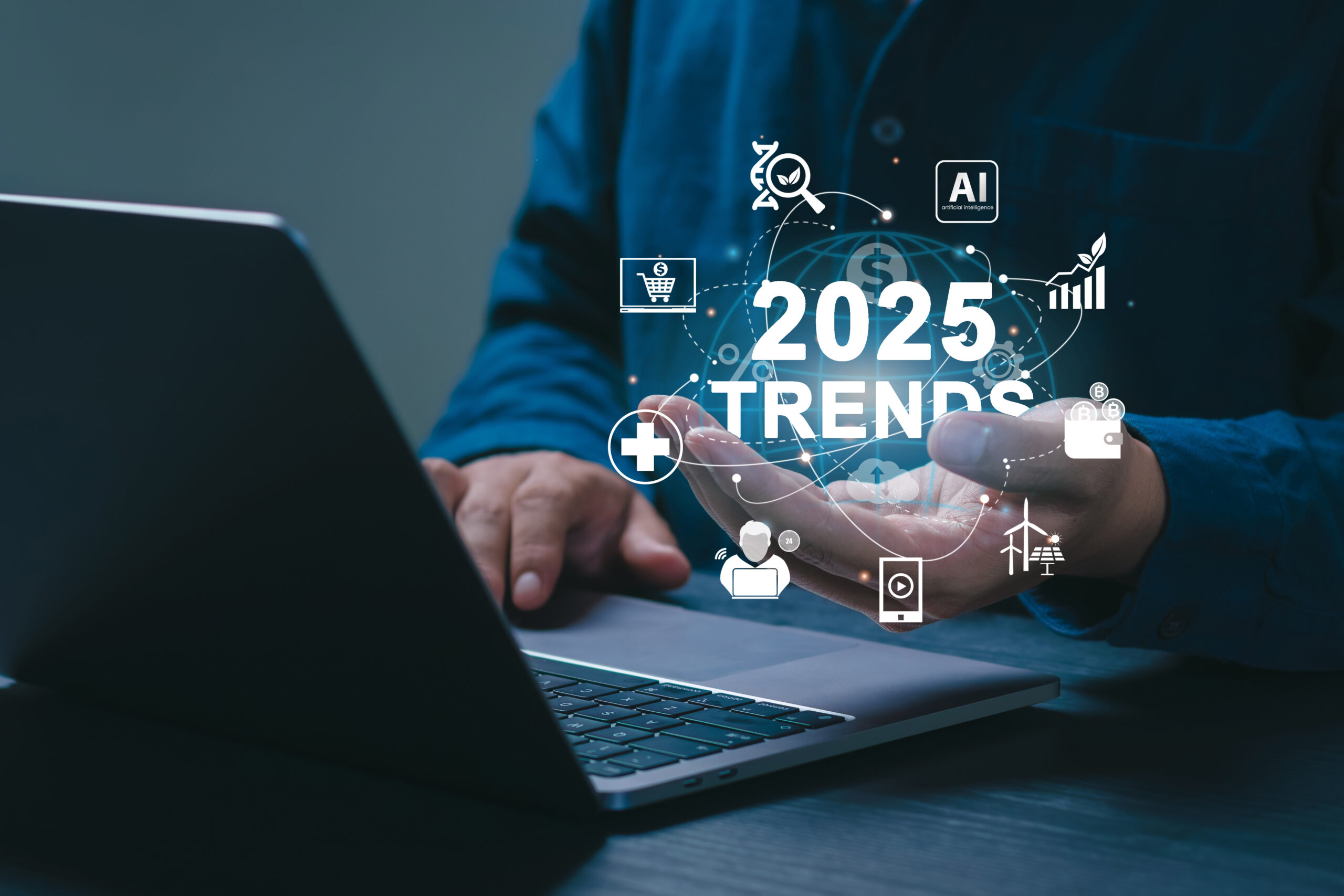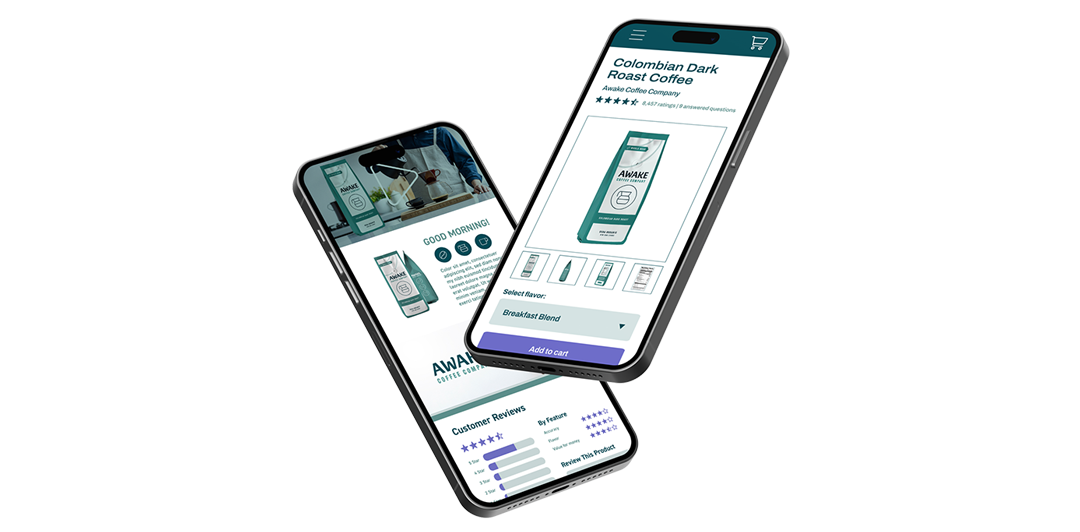Convenience, variety and accessibility are among the top factors driving consumer purchases, especially for consumer packaged goods (CPG). CPG brands are uniquely positioned to deliver all the above to their online audience. Keeping up with e-commerce trends in CPG allows these businesses to stay competitive, improve brand awareness and affinity, and increase sales and revenue.
The Importance of Product Content for CPG Shoppers
Product content is the foundation of successful CPG brands. In e-commerce, shoppers rely almost exclusively on product content to inform their opinions about a brand and, ultimately, their decision to purchase a product. 1WorldSync’s 2024 Product Content Benchmark Report found that nearly 8 in 10 shoppers choose not to buy products due to the poor quality or lack of availability of product content. Almost half of all shoppers say compelling rich content on an e-commerce page swayed them into purchases they didn’t think they wanted or needed to make.
The value of excellent product content is not a new concept. Understanding how it fits into current CPG e-commerce trends will help brands take advantage of the current climate to establish their position on the digital shelf and increase sales.
The E-Commerce Trends Shaping CPG
1. 2D Barcodes
2D barcodes, or QR codes, allow brands to provide additional product information that can’t fit on the physical packaging. Shoppers scan QR codes to compare prices with online retailers, check ratings and reviews, view more detailed product information and access digital coupons or discounts. This technology is expected to become the global standard for product packaging by 2027.
This growing technology helps CPG brands expand opportunities with consumers both in-store and online, with 2D barcodes from in-store purchases directly impacting e-commerce sales. Seventy-five percent of frequent online grocery shoppers have scanned a QR code of a product while in-store, highlighting the omnichannel nature of today’s retail landscape.
Brands can create ongoing consumer relationships by storing unique product content in the QR code. As customers demand more and more content to inform their e-commerce purchases, 2D barcodes provide a means to inform, engage and endear customers to brands.
2. Subscription Services for Everyday Goods
Subscription models appeal to customers by providing convenience, customization, and predictability. CPG brands that offer subscription services can make shopping effortless for customers while increasing retention rates.
CPG products are the ideal market for the subscription model. Consumers gain convenience and regular product replenishment, while brands benefit from predictable revenue and opportunities to upsell or cross-sell.
3. AI and Product Search
Consumers have mixed reviews on the relevancy and accuracy of AI in online shopping, but there’s no doubt this technology has begun a shift in how shoppers navigate their buyer’s journey. Thirty-one percent of shoppers have used AI services like ChatGPT or Google Gemini to search for or learn about a product before making a purchase.
As these technologies continue to develop and provide better and more accurate search results for users, CPG brands should expect shoppers to discover their products through these channels. Ensuring accurate, consistent, quality content everywhere you sell is essential for any content strategy, including earning top spots in AI search results.
4. Integration of Social Commerce
Influencers earn that title for a reason. Recent research from 1WorldSync found that 49% of consumers have bought at least one product in the last year based on an influencer’s recommendation. Social commerce is a critical strategy for CPG brands seeking to engage audiences and build trust.
Forty-five percent of shoppers follow brands and retailers directly on social media (69% of 18 to 34-year-olds). This means they’re getting product content directly from the seller. Leveraging social media allows brands to engage directly with their audiences, showcase products in authentic, relatable settings and benefit from the reach of influencers, which is often greater than many traditional online marketing approaches.
5. The Influence of Voice and Visual Search
The proliferation of smart home devices and voice assistants has positioned voice search as an emerging tool for CPG shoppers discovering new products. While most online shoppers are still entering text searches via their phones or other devices, tools like Siri, Alexa and Google Home are gaining traction as tools for online shoppers conducting product research. Visual search is also ramping up as products like Google Lens transform how consumers search and shop.
Claiming a stake in voice and visual search requires CPG brands to improve visibility with content that enables discovery: voice-search-friendly keywords and image-based product discovery. This technology is here, and it’s only a matter of time before it becomes more advanced and widespread, making it essential for CPG brands to adapt now.
6. Leveraging Data and Analytics for Improved Decision-Making
E-commerce is constantly changing terrain. CPG brands face the challenge of staying relevant and maintaining agility in a market that evolves minute by minute. Market trends, customer demands and competing brands are forever in flux. What works one day might not work the next, which is why leveraging data and analytics is essential for competitive CPG brands.
Predictive analytics uses historical and current data and advanced algorithms to anticipate the next month, quarter, year, and beyond. These tools evaluate data pools to analyze customer interactions, transaction histories and market trends to surface insights that empower brands to take data-driven steps toward success.
Analytics empower CPG sellers to:
- Anticipate customer needs
- Personalize offerings
- Optimize pricing
- Improve operational efficiency
- Target promotions effectively
Data is the cornerstone of an effective CPG e-commerce strategy. Brands must rely on data to guide decision-making in one of the most competitive retail markets.
7. Impactful User-Generated Content
UGC is invaluable content for PDPs. It includes content that comes from shoppers or users rather than brands or retailers and includes:
- Ratings and reviews
- Photography
- Video
- FAQs, and more
Research from 1WorldSync found that 67% of shoppers said customer ratings and reviews and customer-submitted content, like videos and product photos, have persuaded them to purchase a product they didn’t think they needed or wanted. Sixty-five percent of shoppers often or always read reviews, and 77% of customers who frequently shop online for groceries rely on reviews to make a product purchase decision.
Reviews carry significant weight for shoppers seeking new products or switching brands in search of a better product, price or customer experience. CPG brands must prioritize a holistic rating and review management strategy to secure validated customer reviews that drive other shoppers to buy your products.
Optimize Content. Stay on Trend. Sell More.
CPG is a highly competitive sector. The market is saturated, and low consumer switching costs mean shoppers can cheaply change brand loyalties depending on actual or perceived product quality. How do consumers judge a product’s value when they shop online? Product content.
Product content guides every step of the buyer’s journey. 1WorldSync has the tools to ensure it’s optimized at every point. Our solutions help shoppers in three key areas:
- Discover products that satisfy their online searches and instantly capture their attention.
- Align product details, specifications and features with customers’ wants and needs—the emotional triggers that spur a purchase.
- Validate their findings and assumptions with peers via user-generated content like ratings, reviews and customer-submitted media.
From search engine optimization tactics to attention-grabbing imagery, product content enables shoppers to discover products. Once hooked, the product content displayed on the package and online helps consumers align their needs and interests with the brand. Finally, user-generated content like ratings and reviews validates a shopper’s decision to click “buy.” Learn more about the data behind this shopping journey in the 2024 Product Content Benchmark.
1WorldSync helps brands excel in all three areas, facilitating concerted content orchestration across departments that enables you to sell more. As e-commerce trends in CPG evolve and shape your content, 1WorldSync ensures your product information is accurate, consistent and optimized at every touchpoint. Contact us today to get started.






